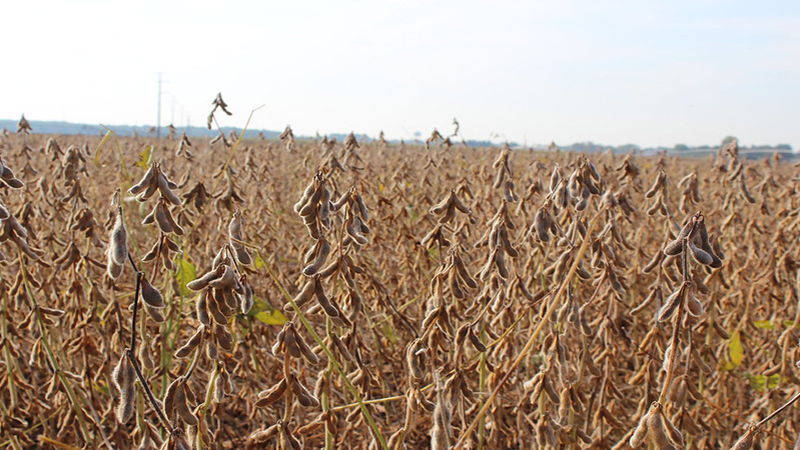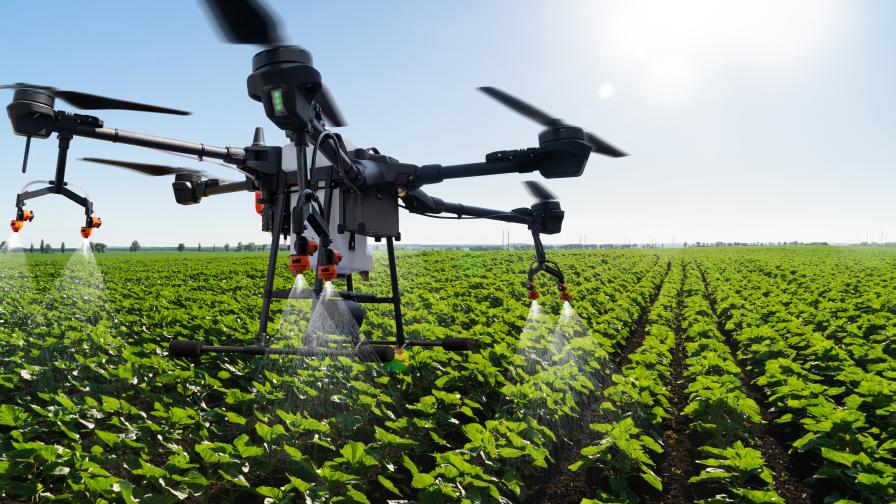5 Ag Tech Trends to Watch in 2021

Editor’s Note: The inaugural Tech Hub LIVE Conference and Expo is the place to be to hear from industry experts on key technologies – including drone systems, imagery, sensors, robotics, and autonomy – and take in displays of the latest products and services from leading digital, precision, and technology organizations. Taking place in Des Moines, IA, July 20-21, Tech Hub LIVE is your opportunity to gain valuable industry insight, engage with peers, and find key suppliers and partners to help move your business forward.
Optimism is a powerful force in agriculture. And thanks to a strong 2020 cropping season, solid grain demand from trading partners over the winter and spring, and a pandemic that appears to be receding nationwide, a long-overdue sense of positivity about the future has lifted a stubborn cloud of doubt and hesitancy that’s held back investment in technology innovation.
As CropLife magazine continues work in the inaugural Tech Hub LIVE Conference and Expo coming up this July in Des Moines, IA, we’re keeping track of the technology trends, products, and companies making moves that will impact retail business through the 2021 season and beyond. In this feature we will touch on some of the key storylines we’re watching through the spring and summer.
In-Season Technology Will Continue to Dominate
Precision technology’s first real downturn in the early 2000s was born of frustration with the difficultly service providers had delivering consistent value. The recovery was driven by the combination of higher accuracy GPS systems and a blockbuster technology called assisted steering. The desire for a more immediate and tangible return on investment through improved efficiency, speed, accuracy, and user comfort put the steering systems on the fast track to adoption.
In 2021, the desire of farmers to gain a rapidly evident return on investment through technology that provides actionable, accurate in-season decision making possible will continue to gain steam. Outside investments in soil and atmospheric sensors, imagery in all its forms, weather monitoring, irrigation control, and more are providing the foundational data streams that will allow retailers and their partners to deliver on the in-season promise. Deep-dive, in-season data collection and aggregation systems like Flurosat and Taranis should continue to gain momentum, and help retail deliver more accurate, high-value crop management recommendations.
Also set to make substantial headway is in-season drone application. The system Rantizo is running should continue to gain momentum through the 2021 season, expanding the availability of fully targeted pesticide and fertilizer application via an unmanned aerial system.
Connecting Digitally with Farmers
A few years ago, in the midst of a depressed Corn Belt economy and frustrated farmers looking for cost relief, Farmers Business Network zeroed in on selling inputs online. Some retail countered by forming or joining online systems connecting buyers and sellers, or launching their own e-commerce platform.
In reality, the e-commerce threat never really materialized. But it did pave the way for creating more digital connective tissue between retail and farmer customers, a trend exacerbated by the social distancing requirements of the pandemic. Viewing everything from accounts and field activity to contacting agronomy representatives on a platform at any time from any device — the “omnichannel experience” — has become the goal of progressive retailers. While larger organizations, such as the high profile initiatives from Nutrien and Winfield United, are building from within, retailers are working with their ERPs to make that digital grower connection as robust as possible.
AgVend, a developer of white-label e-business platforms for the retailer that interface with ERP systems, recently expanded beyond accounts and agronomy and into the grain space and plans to add feed and fuel later this year. We expect this space to continue heating up, with options to allow retailers of all sizes to participate.
Impacts of Sustainability and Carbon Programs
Perhaps not since the ethanol frenzy has agriculture circled around a developing trend like it has around emerging carbon credit, sustainability, and regenerative agriculture programs. There are enormous questions still to be answered around what companies or entities will dictate how the programs will work, and what retailers and farmers will need to do to meet the criteria and participate. But when the smoke clears, successful programs will require collection and aggregation of valid field data. Retailers are certain to have a key role in the process of helping farmers to compare and choose carbon programs, collect required data, and achieve certification.
That said, there will be a wide range of entities looking to gain access to the market, including crop protection manufacturers, grain processors, and downstream food companies. It could be a significant opportunity, but one that won’t bear fruit without a full commitment to participate.
Robotics Viability Continues to Advance
Raven Industries has gone all in on autonomy, and its investment in DOT modular technology will be on display at many events this summer and fall. But the “gateway drug” for autonomous vehicles will actually be its AutoCart system, which can operate a grain cart tractor without an operator, a nearly irresistible piece of efficiency during the most harried time of the season.
Investment in Broadband Will Continue
The commitment to government investment in rural broadband that started under former USDA Secretary Sonny Perdue appears destined to continue with its inclusion in the Biden Administration’s infrastructure bill. The pandemic did much to reveal the cost and danger a lack of Internet access can have on rural industries, including access to healthcare and remote education, so a continuing of this buildout would appear very likely.







